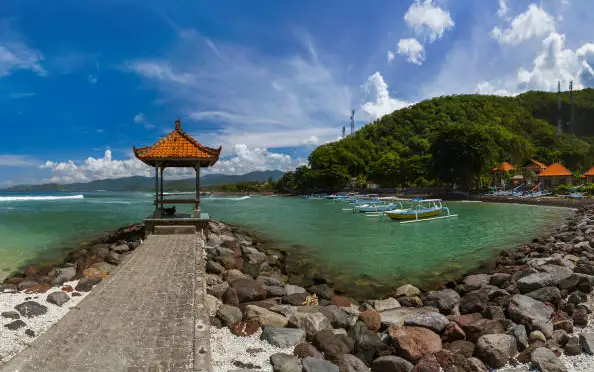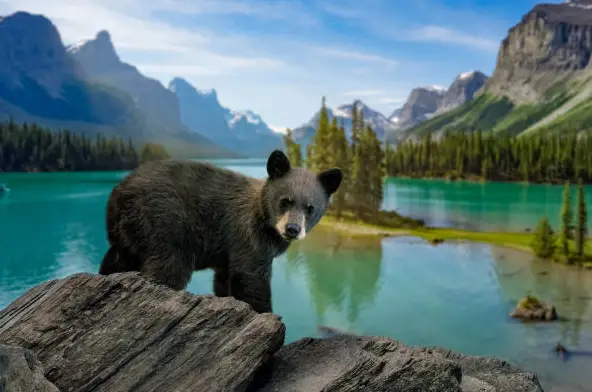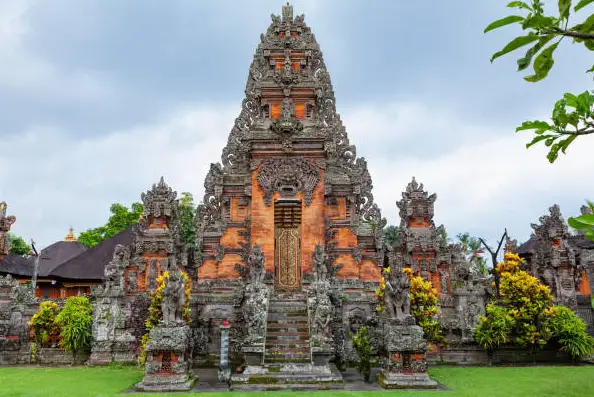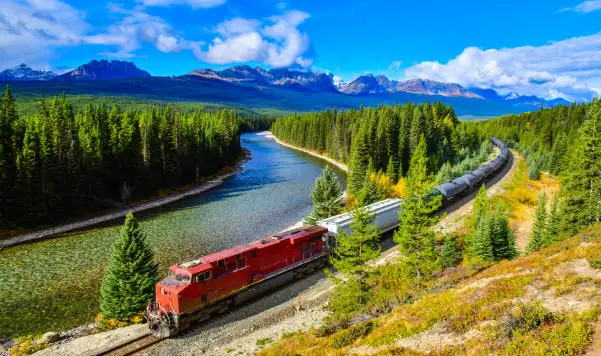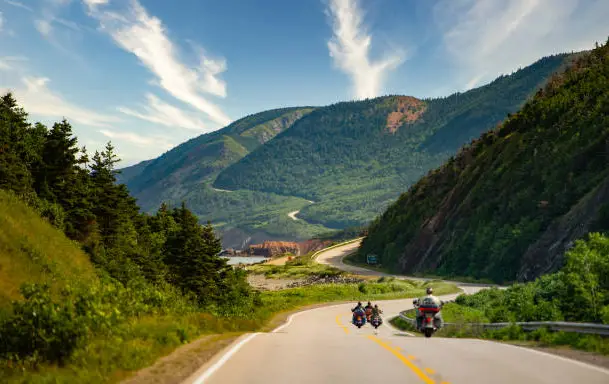How can I explore the unique geological features of the Afar Triangle?
Post ByAdequate Travel
Summary
The Afar Triangle is one of the world's most remarkable geologic hotspots filled with mysterious salt lakes, volcanoes, and canyons. It is the perfect destination for an adventurous traveler looking to explore its unique geological features. In this blog post, we'll discuss some of the best ways to explore the Afar Triangle and its amazing geological features. It's essential to stay updated with international travel information, especially when planning a foreign trip, to navigate any changes in travel advisory or travel warnings.Exploring the Unique Geological Features of the Afar Triangle
1. Research and study the geological history
Delve into the geological history of the Afar Triangle to understand the formation and development of its unique features. Study relevant geological maps, books, and scientific publications that highlight the region's interesting geological phenomena.
2. Join a guided geological expedition
Consider joining a guided geological expedition to the Afar Triangle, led by experienced geologists or researchers. These experts can provide valuable insights into the geological features and the processes that shaped them. They can also help you identify and interpret different rock types, fault lines, and volcanic formations.
3. Visit the Danakil Depression
Explore the Danakil Depression, which is part of the Afar Triangle and one of the most fascinating geological regions on Earth. This area is home to active volcanoes, lava lakes, salt flats, and hydrothermal features. Make sure to travel with a reputable tour operator and follow safety guidelines when exploring the area.
4. Observe lava lakes and volcanic activity
The Afar Triangle is known for its volcanic activity. By visiting active volcanoes such as Erta Ale, you can witness the mesmerizing sight of lava lakes. These hot molten lava bodies provide a unique opportunity to observe ongoing geological processes in action.
5. Study the different tectonic plates
Understand the tectonic plates that converge in the Afar Triangle, namely the Arabian, Nubian, and Somali plates. These plates are responsible for the region's intense volcanic and seismic activity. Analyze how these plates interact, leading to the formation of the Danakil Depression and other geological features.
6. Examine the Rift Valley system
The Afar Triangle is often referred to as the "cradle of humanity" due to its location within the larger East African Rift System. Explore the Rift Valley system and analyze its unique geological features, including rift valleys, escarpments, and uplifted mountains.
7. Study the influence of geothermal activity
Geothermal activity is prevalent in the Afar Triangle, making it an excellent place to study the interaction between hot springs, geysers, and volcanic activity. Examine and document the impact of geothermal processes on the surrounding landscapes and ecosystems.
8. Document and share your findings
As you explore the unique geological features of the Afar Triangle, take photographs, conduct surveys, and gather data for further analysis. Share your findings with the scientific community, local authorities, or educational institutions to contribute to the collective understanding of this remarkable region.
As you prepare for your journey, familiarize yourself with the specific entry requirements, including any necessary visas or documentation.Suggested Questions
- Mount Abuna Yosef, Tigray: Horror Story, History & Paranomial Activities
- Menagesha Suba Forest, Oromia Region: Horror Story, History & Paranomial Activities
- Rift Valley Technical and Vocational Education Training College, Ziway: Horror Story, History & Paranomial Activities
- Gurage Cultural Village, Gurage Zone: Horror Story, History & Paranomial Activities
- Bete Gabriel Rufael Church, Debre Damo: Horror Story, History & Paranomial Activities
- Birbirsa Forest, Sidama Zone: Horror Story, History & Paranomial Activities

